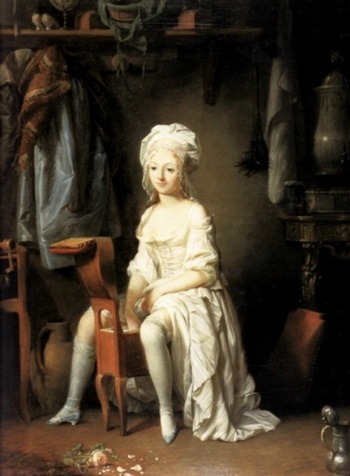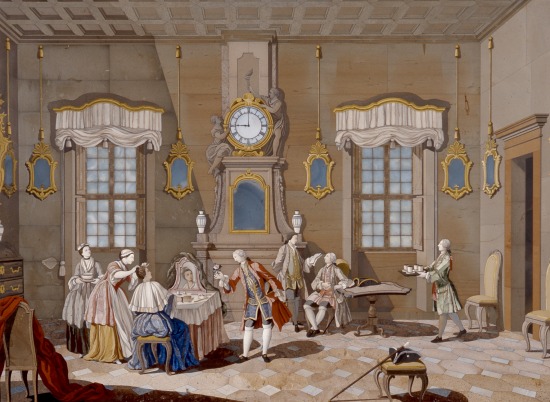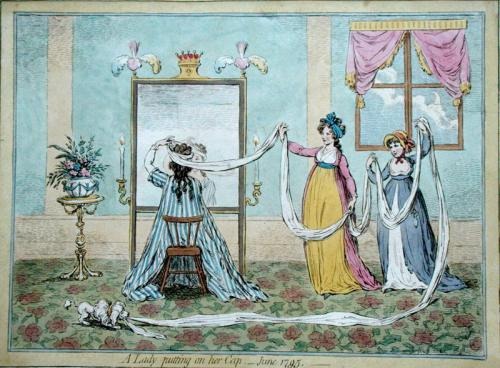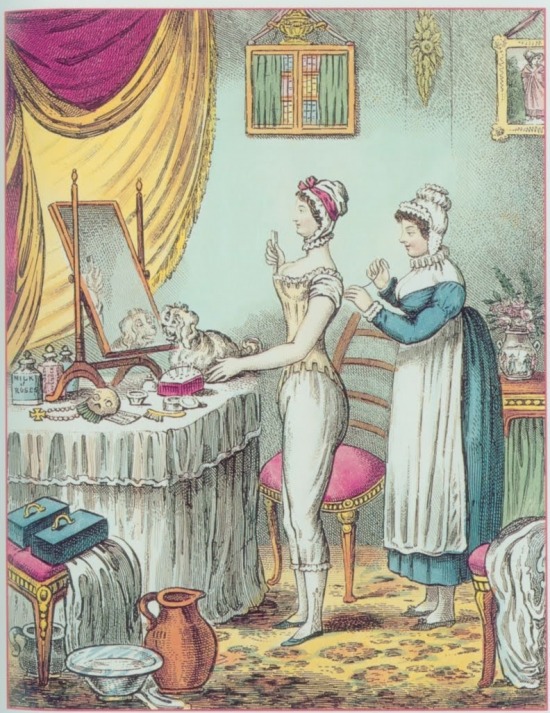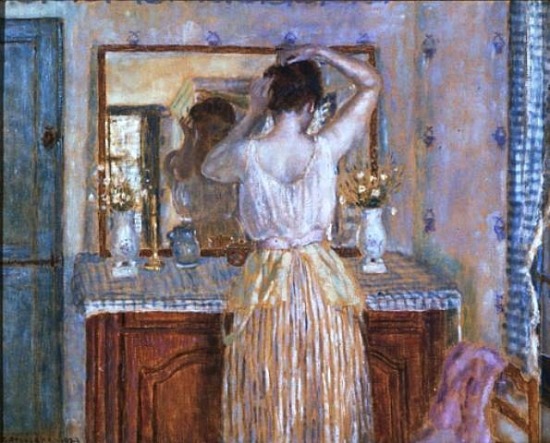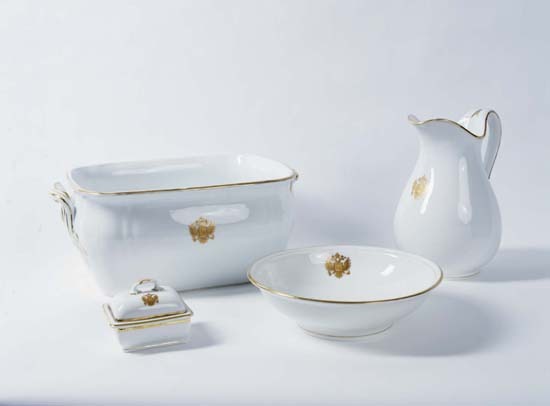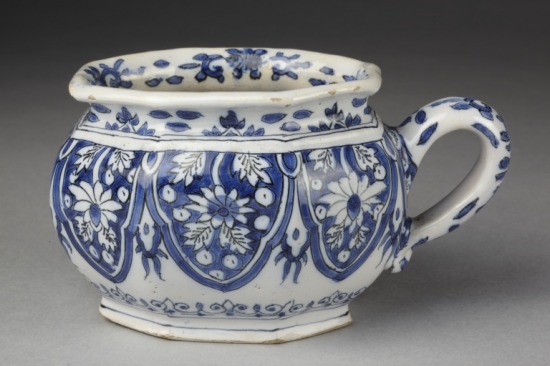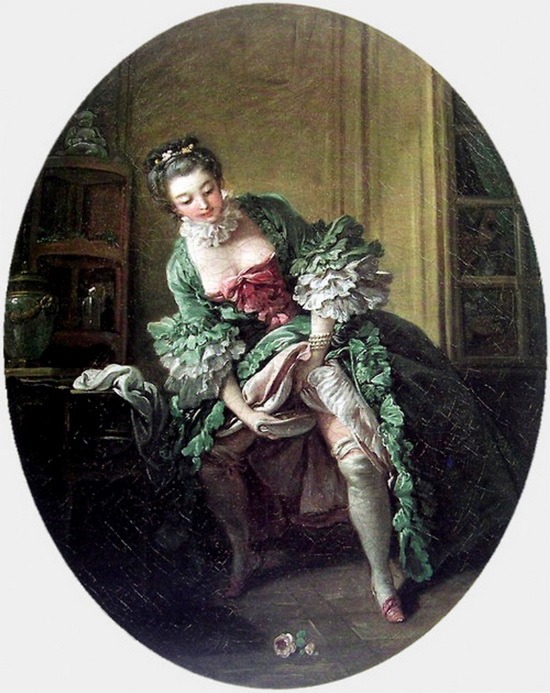Viggo Johansen 1891
By: Stephanie Burkhart
Ah, there's nothing like the woodsy outdoor smell of a Douglas Fir to put me in the Christmas spirit. Throughout the years a Douglas Fir or a Scotch Pine have been the most popular types of Christmas tree. I remember growing up as a little girl in New Hampshire, we'd go cut us down a pine. The smell was invigorating to the bones. Nowadays I have an artificial Douglas Fir that I put up in the my California home. Thank goodness for Yankee Candle who have a great selection of Christmas scents including pine, balsam, and fir. I may be missing the snow, but for me, the Christmas tree is an announcement that Christmas is coming. Now is the time to prepare.
In my research, I discovered Romans, Egyptians, and Celtics used to hang evergreen boughs to keep away evil spirits or decorate homes during the winter solstice. The customs weren't quite the same thing as a Christmas tree, but they speak to the tradition during this time of the year, setting a prescient for the trees to come.
Interestingly, evidence of the first Christmas tree comes from modern day Latvia and Livonia dating back to 1510. The use of the Christmas tree spread to Germany. There's a reference to a tree that one was put up in Bremen, Germany in 1570. The tree was decorated with apples, nuts, dates, pretzels and paper flowers. Bremen is a town in northwestern Germany. I would pass by it on my way to Bremerhaven during the late 1980's.
Martin Luther even has a footnote in the Christmas tree saga, adding candles to the tree because they reminded him of the stars that appeared on the night Jesus was born. The intent of the tree is to tell the story of Christ's birth with a star or angel topper and lights. Other decorations help to fill out the tree.
The Christmas tree became popular in Germany and followed the Hanovers to England. When Anne died, George 1 from Hanover, Germany was invited to take the throne. He brought his Christmas tree with him. The tree, however, didn't catch on with the public in Britain. Several European courts though began throwing up trees. Princess Henrietta put one up in Austria in 1816. France began putting up trees around this time. Denmark's Countess Wilhemine of Holsteinborg decorated hers in 1808.
13-year-old Queen Victoria even had a Christmas tree. In 1832 she wrote in her journal:
"We then went into the drawing room near the dining room. There were 2 large round tables on which were placed 2 trees hung with lights and sugar ornaments."
But the Christmas tree still hadn't caught on.
Victoria goes public with her tree.
In 1846 (or 1848, I find conflicting dates) Victoria, now Queen posed with Prince Albert and her children around her Christmas tree for the "Illustrated London News."
She was a big hit. Everything Victoria did was fashionable and that year she made the Christmas tree a household tradition.
Decorations consisted of homemade crafts, apples, nuts, quilted snow flakes, paper baskets with almonds, and tinsel.
Did you know?
In 1610, Tinsel was invented in Germany. They used real silver for tinsel right up until the mid-20th Century.
Glass Christmas ornaments made in Lauscha, Thuringia, Germany became popular in Britain and were often used to decorate the tree.
In the late 1880's in Britain, trees grew tall and were packed with decorations. Themed trees like the "Oriental" tree or "Egyptian" tree became popular.
Victorian passed away and so did the nation's passion for Christmas trees until the 1930's. Christmas offered a sense of security and Britain was ready to capture that feeling with the uncertainty festering around the world at the time.
Next: How did the Christmas tree get to America? Look for part 2 coming soon on my blog http://sgcardin.blogspot.com on 20 DEC 2012.
Question: What do you put on the top of your tree? A star? An angel? Something else? What theme or story does your tree tell? I'd love to hear your decoration ideas.
Author Bio: Stephanie Burkhart is a 911 Dispatcher for LAPD. Prior to that she spend 11 years in the US Army. Her latest release is "A Gentleman and a Rogue," Book 2 of The Windsor Diaries, her steampunk romance series.
Reviews:
"I was hooked in it and did not want it to end. All of you romantic historical fans don’t miss this one – it is a winner." - 5 Stars, Trudi LoPreto for Reader's Favorites
"It’s the Amazing Race with energy sources in Stephanie Burkhart’s second steampunk." - 5 Stars, Muddy Rose Reviews
PUBLISHER'S BUY LINK:
http://stores.desertbreezepublishing.com/-strse-366/The-Windsor-Diaries-Book/Detail.bok
ALL ROMANCE EBOOKS:
https://www.allromanceebooks.com/product-thewindsordiariesbookthreeagentlemanandarogue-996194-141.html
BARNES & NOBLE (NOOK)
http://www.barnesandnoble.com/w/the-windsor-diaries-book-two-stephanie-burkhart/1113777499?ean=2940015869538
AMAZON (KINDLE:)
http://amzn.com/B00A5CF24C
FIND ME ON THE WEB AT:
WEBSITE:
http://www.stephanieburkhart.com
TWITTER:
http://twitter.com/StephBurkhart
FACEBOOK:
https://www.facebook.com/StephanieBurkhartAuthor
GOOD READS:
http://www.goodreads.com/author/show/4031660.Stephanie_Burkhart
YOU TUBE CHANNEL:
http://www.youtube.com/user/botrina?feature=mhee
PINTEREST:
http://pinterest.com/sgburkhart/

